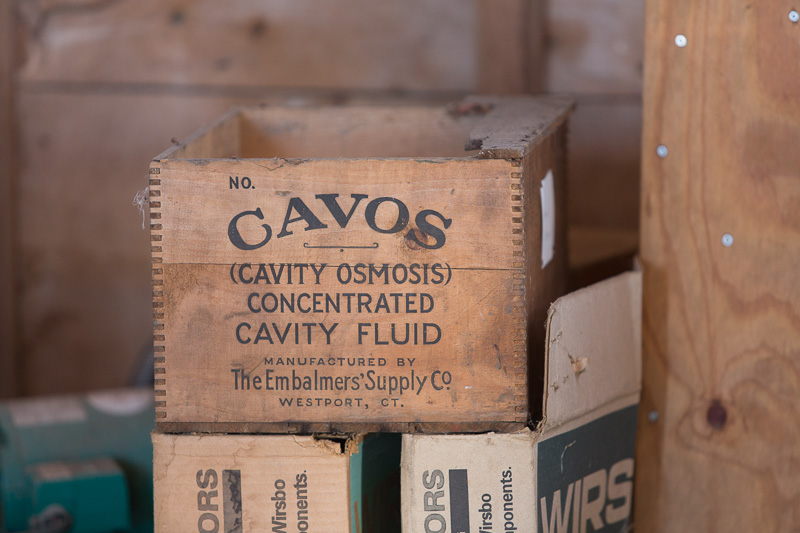
After day 1 of the National Novel Writing Month contest, I’ve completed 4,488 words of the 50,000 word target. However, I’ve come up against an important issue: research. I don’t know what I’m talking about. As I mentioned in a previous post, the novel I’m planning features a character named George who becomes something of a funeral activist when he sees how his mother’s body is handled after her death. However, I don’t know anything about the technical details of embalming. If this had been a pre-internet contest and I had been trying to do research AND do NaNoWriMo at the same time (and write blog posts and tweet updates and skype with my daughter about René Descartes and proofread an essay for my son) my brain would have exploded. In the post-internet era, there’s a lot of information available online about this taboo subject. For example, students at Ryerson posted this piece on the embalming process which features the Ogden Funeral Home in Scarborough, Ontario. It’s direct, but decent.
For more on embalming, see this description [dead link]. However, it doesn’t address other features of the process, like the use of eye caps to keep the eyes shut and the needle injector gun which fastens pins and wires to the upper and lower jaws to keep the mouth shut. Never mind the dead, I’d like a needle injector gun for some of the living.
Yes, I know, I’m writing a morbid novel. Eventually, an accident happens and George has to make a decision. Does he go through the usual channels that lead to a traditional funeral and burial/cremation? Or does he do his own thing? George decides to bury his wife au naturale, so to speak. This, of course, breaks certain laws. It has to. How else am I going to get my police character to visit the farm where the body is buried? So I need to learn something about burial laws. I also need to learn more about green burials. Currently in Canada there is precious little happening on the green front. There is the Guelph-based Centre for Natural Burial which appears to be a fledgling organization with more aspirations than actual resources. There is the Natural Burial Association which lists two green sites in Canada. One of those sites is in Cobourg at the Union Cemetery.
Note that cremation is not considered a green alternative because it takes 27 litres of fuel to incinerate a body.
The July/Aug 2009 issue of the Walrus included an article on composting bodies through a process called promession, but that technique is still unavailable in Canada.
Note to self: George is an organic farmer. Does burying a body in the field jeopardize his organic certification? Hmmm. More research.
